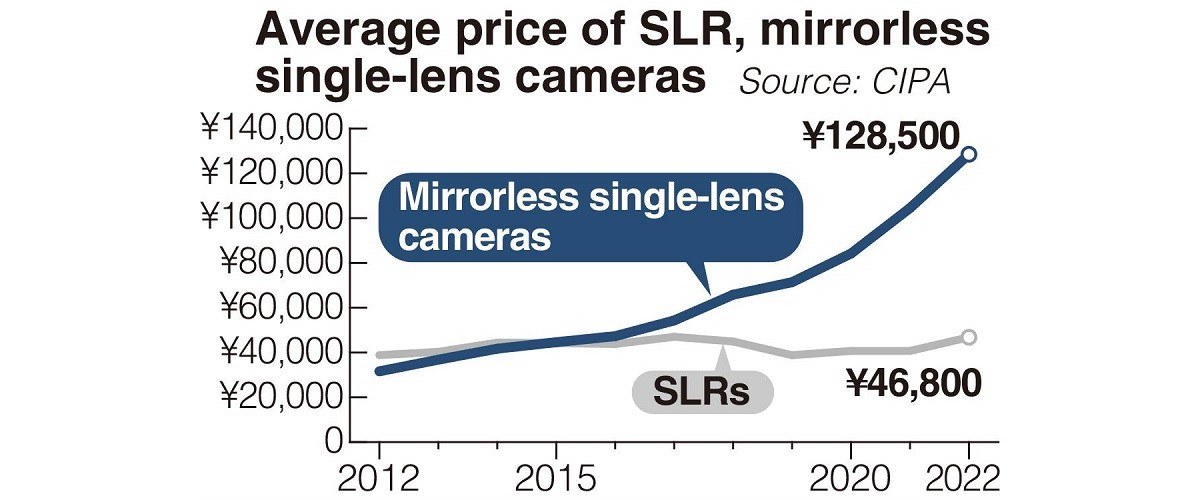Going from 4x as much to 3.5x as much is a significant drop. Closing a gap is what catching up looks like. And, again, you keep falling on that idea of laps. It's a continuous race. Things don't reset year by year like lap times.Clearly data analysis isn’t your forte. Canon sold 3.5 times as many ILCs as Nikon last year and 4 times as many the year before. That’s not ‘quickly catching up’. When you’ve been lapped a few times, catching up is hard.
Upvote
0


